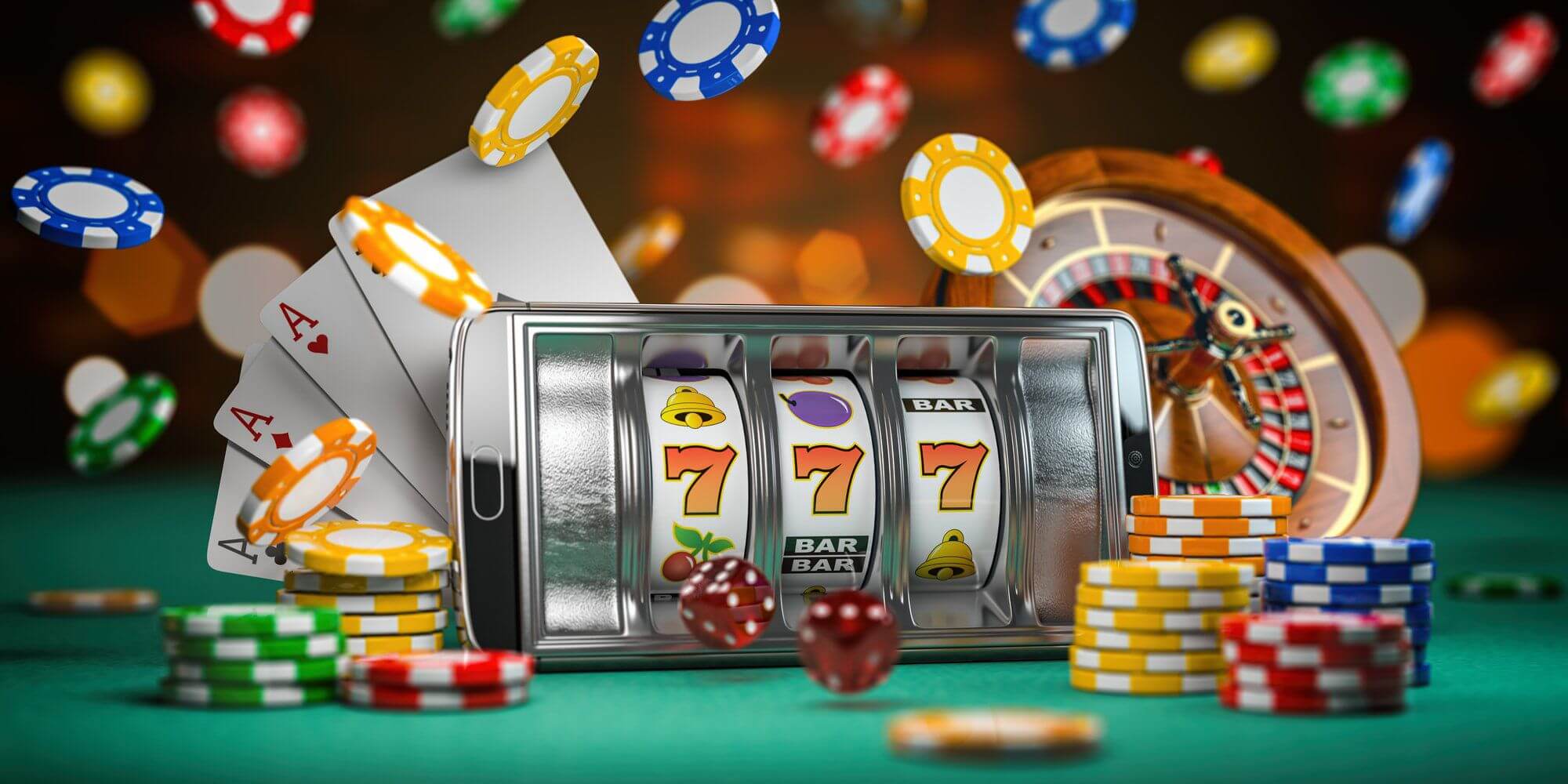
Within a vibrant and stimulating world of gaming establishments, wherein fortune and strategy intertwine, hues and aesthetic play a critical role in attracting gamblers. From the moment players step inside a casino or access a gaming website, they are enveloped in a sightly feast that captures their attention and lures them to discover more. Vivid colors, captivating graphics, and innovative layouts are meticulously crafted to create an environment of excitement and expectation, ultimately enhancing the gaming experience.
While gamblers move through the dynamic landscape of casino games, they encounter a variety of designs that not only serve visual purposes but also influence emotions and decision-making. Hues like scarlet and gold symbolize riches and luck, while calm blues and greens can create a more relaxed environment. Understanding how these elements work together enables casinos to create an welcoming and stimulating atmosphere that encourages players to engage with the games, invest additional time at the tables, and boost their overall enjoyment.
The Study of Hue in Gambling Games
Hue plays a crucial role in the creation of gaming experiences, affecting player emotions and behaviors. Vivid and bold shades, such as crimson and amber, are often used to stimulate excitement and capture notice. These colors create a sense urgency and vitality, encouraging participants to engage more enthusiastically with the activity. By thoughtfully selecting colors, developers aim to elicit feelings of satisfaction and anticipation, which can enhance the total player experience.
Various hues also have psychological connotations that can affect how gamblers perceive their odds of victory. For case, green is commonly associated with good fortune and abundance, making it a popular choice in activities like the roulette wheel and poker games. This association can cause gamblers to feel more optimistic and self-assured in their play, ultimately encouraging them to bet more. Understanding these links allows game creators to create environments that enhance player enjoyment and loyalty.
Furthermore, the interface of casino game interfaces often employs blended colors and contrasting shades to direct players’ actions. For case, winning results may be accentuated with vivid, differing hues, creating a visual incentive. This technique supports successful results and encourages repeated gameplay. By exploiting color psychology, gambling establishments can design games that not only attract players but also keep them interested and invested in their gaming experience.
Creative Elements that Attract Players
The aesthetic appeal of gambling games is primarily influenced by the use of vibrant colors. Lively and striking colors are deliberately chosen to create an inviting atmosphere that grabs attention. For example, crimson and golden hues often signify luck and wealth, which is why they are common in the palettes of slot machines and game surfaces. These colors not only attract players in, but they also stir emotions associated with excitement and anticipation, enhancing the overall gaming experience.
In parallel to color, the design and layout of gambling games play a crucial role in captivating players. Games are designed to be intuitive, ensuring that players can quickly understand the rules and mechanics. Accessible interfaces, along with captivating graphics and animations, help maintain player interest and promote longer play sessions. The tactile elements, such as the feel of the controls and the sounds of the games, also add to a comprehensive sensory experience that keeps players immersed.
In conclusion, conceptual elements in gaming design can greatly influence gaming decisions. Many gambling games are inspired by popular culture, fairy tales, or exploration motifs, incorporating symbols and characters that connect with players. These themes create a sense of engagement and connection, making each game feel distinct. When players feel a connection to the theme, they are more likely to choose that game over others, leading to increased participation and excitement within the gambling environment.
Case Studies: Successful Gambling Game Designs
One key example of effective gambling game design is the popular slot machine series based around blockbuster movies. Games such as those based on the The Wizard of Oz and Game of thrones utilize dynamic colors and superior graphics to enthrall players in well-known narratives. The employment of moving visuals and engaging sound effects captures the focus of players, creating an affective connection to the theme. This strategy not only fosters longer play but also boosts the overall gaming experience, leading to increased player retention.
Another notable case is the application of the psychology of color in table games like blackjack and roulette. Casinos often develop these games with deep reds and greens, colors traditionally linked with luck and wealth. For instance, the green felt on a blackjack table provides a relaxing effect, while the red accents in the wheel invite anticipation. This intentional use of color helps to foster an inviting atmosphere that encourages players to engage, satisfying their psychological impulses and boosting their enjoyment.
Finally, online casino games that include community features and bright, lively designs have achieved remarkable success in engaging players. Games like Zynga Poker and Slotomania leverage vivid colors and playful animations to forge an inviting online environment. The inclusion of leaderboards, social sharing options, and in-game rewards promotes competition and community, attracting players in for longer sessions. Such designs merely make the games visually appealing but also underscore social connectivity, a vital factor in player retention and engagement within digital casino environments. nhà cái F168
